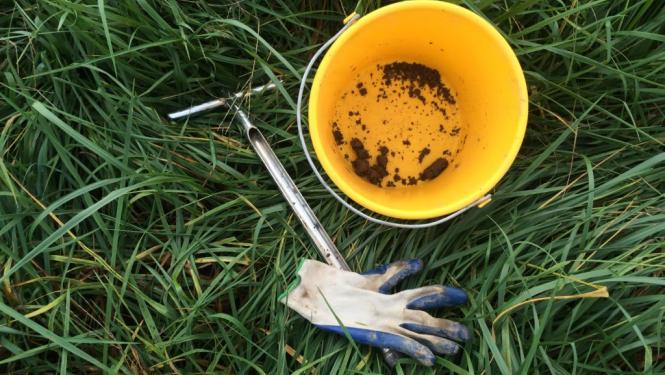
Regular soil testing followed by liming and fertilizing according to recommendations is arguably the one management practice that will have the greatest long-term effect on production per acre. It should be the first dollar spent when striving to maximize your land’s productivity, help your crops reach their potential, and optimize the cost-effectiveness of your fertilizer applications. It is a relatively straightforward practice; however, most pastures and a significant percentage of hay acreage do not receive regular fertilization. With the busyness of the growing season winding down, now is the perfect time to test your soil and develop a fertility strategy for the 2018 crop year. Please also keep in mind that if your fields need limed, it is critical to test your fields early, so that there is time to lime before the next growing season. It is recommended that perennial pastures, hay fields, and cash crop fields are tested on a three year cycle. Consider testing a third of your fields each year.
The actual art of soil testing requires specific sampling, handling, and shipping practices to ensure that the half-pound sample is an accurate representation of the entire field. If you are not familiar with these, we recommend working with a local business that provides these services. There are many options, including land grant state universities or local private companies that can either run soil tests or have arrangements to have them done. Once you choose a lab, however, stick with that lab so you are working from the same baseline for comparison. Ask your dealer or the King’s office for a qualified testing service that can show you the appropriate random and repeatable sampling techniques. Remember to use a plastic pail when collecting and handling samples.
Also remember that unless soil test results are opened and evaluated, they are absolutely worthless. Use your investment to capitalize on the great opportunities for improving forage and crop production that fertilization provides!